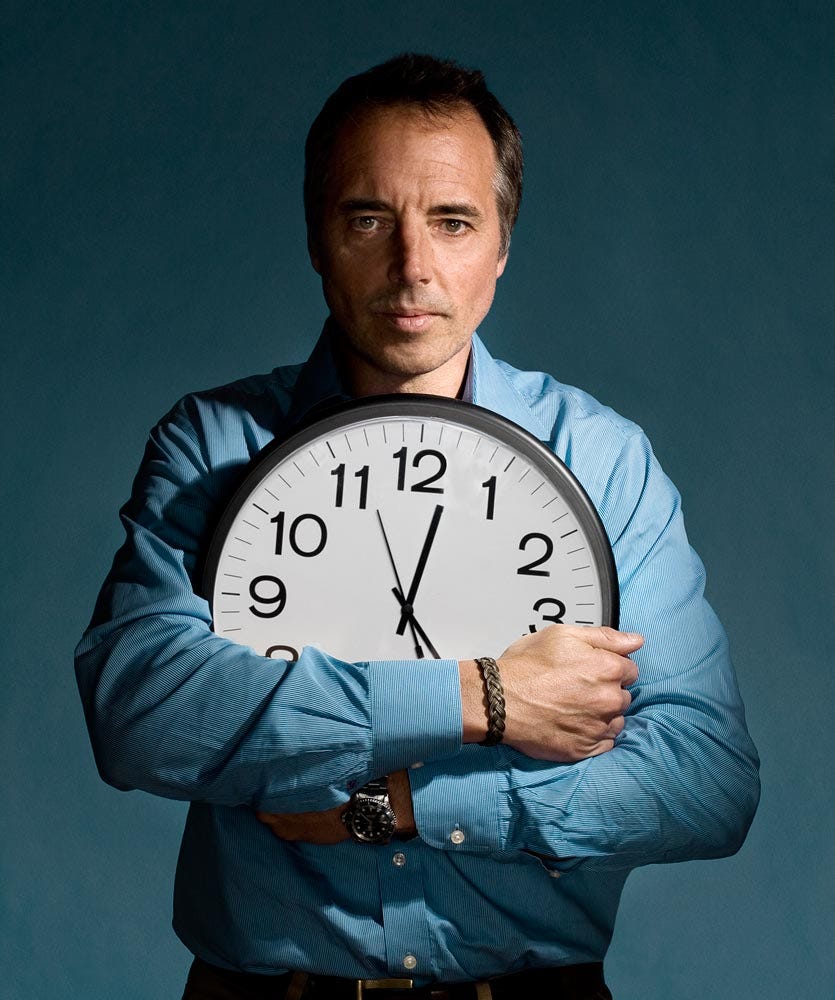The Benefits of the Blue Zones
What can we learn from the global communities who live the longest?
Age and Prosper is a reader supported publication created for anyone looking for healthy longevity. If you enjoy it, please consider supporting it financially for $5 a month or more (and/or sharing it). Becoming a paying subscriber supports us in producing this newsletter and bringing you up-to-date information to help you live a longer and healthier life.
You can expense this newsletter as an educational resource on your taxes if you pay for a subscription. You can also sign up company employees for health perks with a group subscription. The information provided on Age and Prosper is intended to be educational; it should not be used as a substitute for professional medical advice.
Today we’re talking about the Blue Zones. No, we’re not talking about the way you feel when you listen to Bonnie Raitt belt out “I Can’t Make You Love Me,” or the ennui permeating the air during the week between Christmas and New Years. We’re talking about Dan Buetner’s Blue Zones: the five regions in the world where people are claimed to live, or have recently lived, longer than average, and experience low rates of chronic diseases.
We’ve mentioned Buetner in A & P before. He is a well-known explorer, educator, author, producer, public speaker and National Geographic Fellow, and Tom met and photographed him some years back. Now, Netflix has just released a new series called “Live to 100: Secrets of the Blue Zones,” where viewers travel the globe to visit the Blue Zones with Buetner to learn about these unique communities and what factors are contributing to their outstanding longevity.
The five Blue Zones Buetner identified are: Okinawa Prefecture, Japan; Nuoro Province, Sardinia, Italy; the Nicoya Peninsula, Costa Rica; Icaria, Greece; and Loma Linda, California, United States. Buetner worked with a team of experts, including demographers, anthropologists, and experts in public health and longevity, to identify these regions, and has extensively studied the commonalities in their diets and lifestyles.
Above a portrait Tom took of Blue Zones creator Dan Buetner.
Here is what he found.
DIET
The diet in the Blue Zones is characterized by the following key features:
1. Plant-based: The majority of the diet consists of whole, plant-based foods such as fruits, vegetables, legumes, and whole grains. These foods are rich in essential nutrients, fiber, and antioxidants.
2. High in beans: Beans, including lentils, chickpeas, and black beans, are a staple in the Blue Zones diet. They are a valuable source of plant-based protein, fiber, and other important nutrients.
3. Low in meat and dairy: Meat and dairy consumption is limited in the Blue Zones diet. Animal products, if consumed, are used more as a condiment or in small quantities.
4. Moderate alcohol intake: Some Blue Zones, like Sardinia and Ikaria, have a tradition of moderate alcohol consumption, usually in the form of low-alcohol red wine. The one Blue Zone in the United States, Loma Linda, is comprised of a community of about 9,000 Seventh-Day Adventists who live, on average, a decade longer than other Americans. Among other factors, they abstain from alcohol completely.
5. Social and mindful eating: The Blue Zones diet emphasizes the importance of enjoying meals with others and being mindful while eating. This includes taking time to savor the food, practicing portion control, and not overeating.
6. Plant-based fats: Healthy fats, such as olive oil and nuts, are included in the Blue Zones diet. These fats provide essential nutrients and contribute to heart health.
7. Limited processed foods: Processed foods, including sugary drinks and snacks, are avoided in the Blue Zones diet. Instead, whole, minimally processed foods are preferred.
8. Proper hydration: In the Blue Zones, people limit sugary drinks and opt for plenty of water, herbal tea, or infused water instead.
LIFESTYLE
The magic of the Blue Zones is more than just diet. Buetner also identified these Lifestyle Blue Zone Tips:
1. Be physically active: In addition to dietary patterns, regular physical activity is a crucial part of a healthy lifestyle. Find activities you enjoy and make them a regular part of your routine.
2. Prioritize restful sleep: Adequate and restful sleep is essential for overall health and well-being. Aim for 7-9 hours of sleep per night, and create a calming nighttime routine to promote better sleep quality.
3. Cultivate strong social connections: Building and nurturing meaningful relationships is a key aspect of the blue zones lifestyle. Foster social connections and engage in activities that bring you joy and fulfillment.
4. Find Purpose and Meaning. meaning: Cultivate a sense of purpose and meaning in your life. Engage in activities that give you a sense of fulfillment and contribute to the well-being of others.
Check out the documentary and let us know what you think! Our hot take: let’s move to Greece.
Until next week, Age and Prosper!




